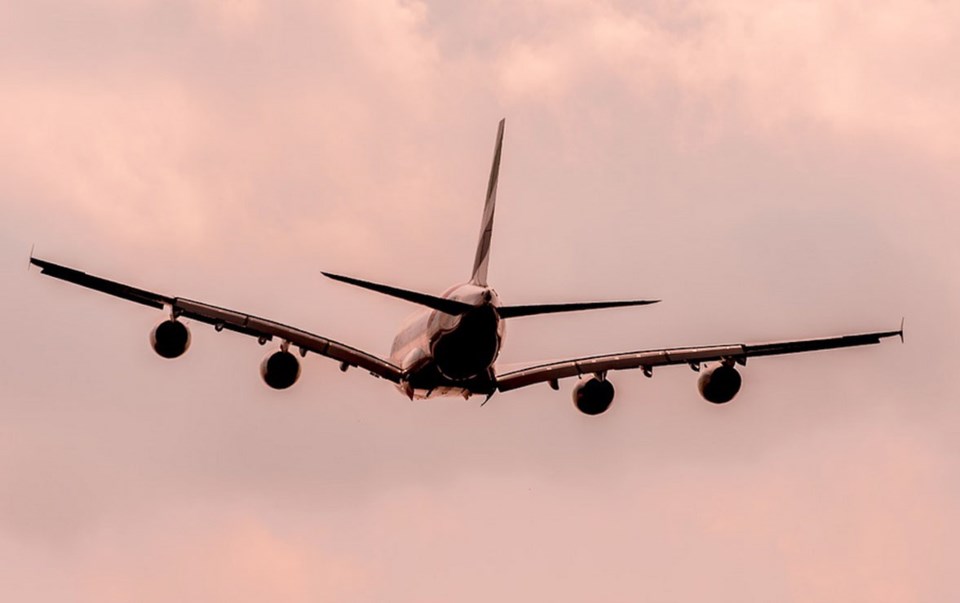Proposed changes to flight arrival paths into YVR will not affect the residents of Richmond.
That’s the message from Nav Canada in reference to its Vancouver Airspace Modernization Project (VAMP), which is aiming to enhance safety, increase aircraft efficiency, modernize procedures and ensure airspace structure can accommodate demand in the long run.
Nav Canada – a privately-run, not-for-profit corporation that owns and operates Canada's civil air navigation system – said the proposed procedures would let more modern aircraft line up with the runways at Vancouver International Airport sooner, thus flying shorter distances, using less fuel and creating less noise for residents below.
Several Metro Vancouver communities – including Burnaby and South Delta – are learning of the possible changes to the flight paths and how it may affect them.
However, Jonathan Bagg, a Nav Canada spokesperson, told the Richmond News that Richmond residents are very unlikely to notice any changes in the skies above, due to the city’s proximity to YVR.
“There are no changes because Richmond is in a part of the air space that is so close to the two parallel runways at YVR,” said Bagg.
“Richmond is so close to those runways that the planes are already lined up (with them), so there is no impact to the area.”
Bagg explained that the changes can happen because about 40 per cent of the aircraft currently flying in and out of YVR are equipped with RNP AR (Required Navigation Performance: Authorization Required).
“(It’s a) more advanced flight procedure that can be used by modern aircraft,” added Bagg.
“Aircraft use roads in the sky and over time we have to update that infrastructure to make sure it meets new criteria.
“It uses a combination of GPS positioning and flight management systems on the aircraft. It allows us to create a three-dimensional path in the sky for that plane to follow.”
Less thrust, less fuel, less noise: Nav Canada
From an environmental perspective, Bagg said the proposed changes “afford a more predictable route…It enables something called continuous descent operations, which allows a plane to descend on a continuous path, so it needs less thrust, compared to a conventional descent, as opposed to planes descending at stages, levelling off at certain altitudes.
“Each time that happens it creates drag, resulting in engine and airframe noise.”
The new technology also enables some aircraft to perform so-called “curved segments,” said Bagg, which allows them to make a curved approach into YVR, as opposed to more angular approaches.
“This allows us to minimize flying over residential areas, less fuel consumption, less time in the air, less GHG emissions.”
An online open house for how the proposed changes affects Richmond will be held Jan. 26 at 6 p.m.
Details are available here. The public consultation process runs until Feb. 3.



